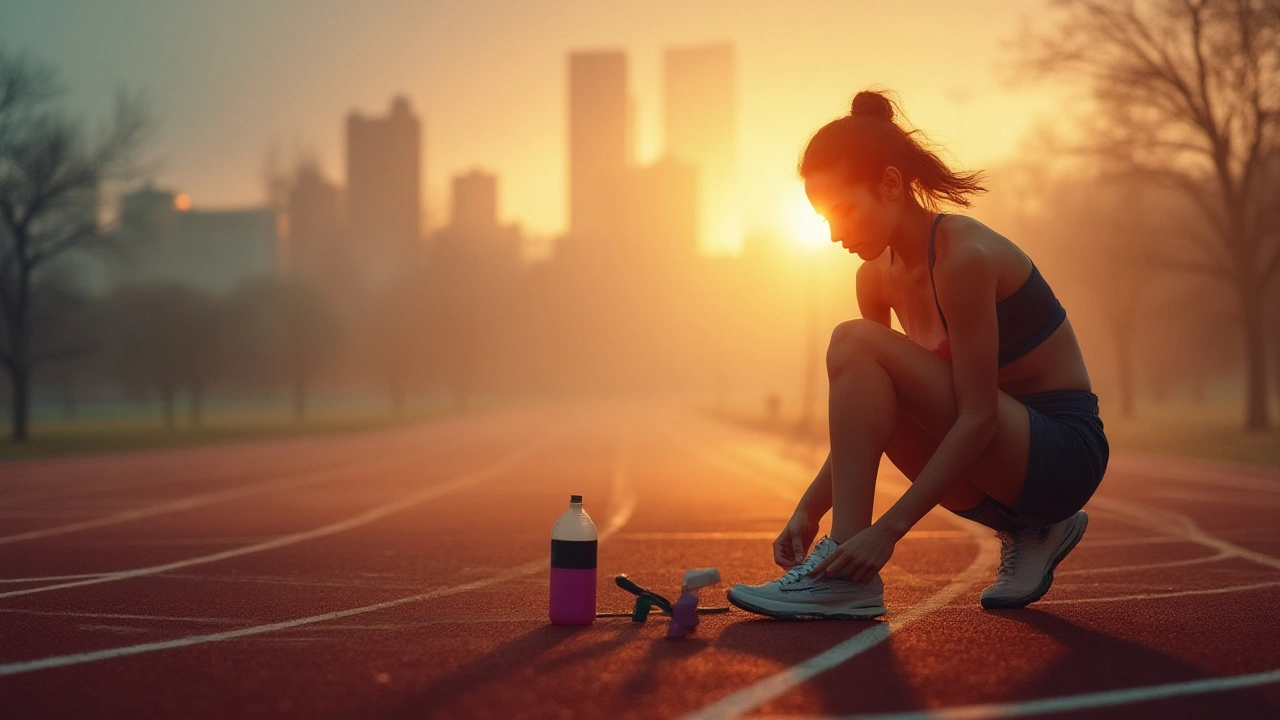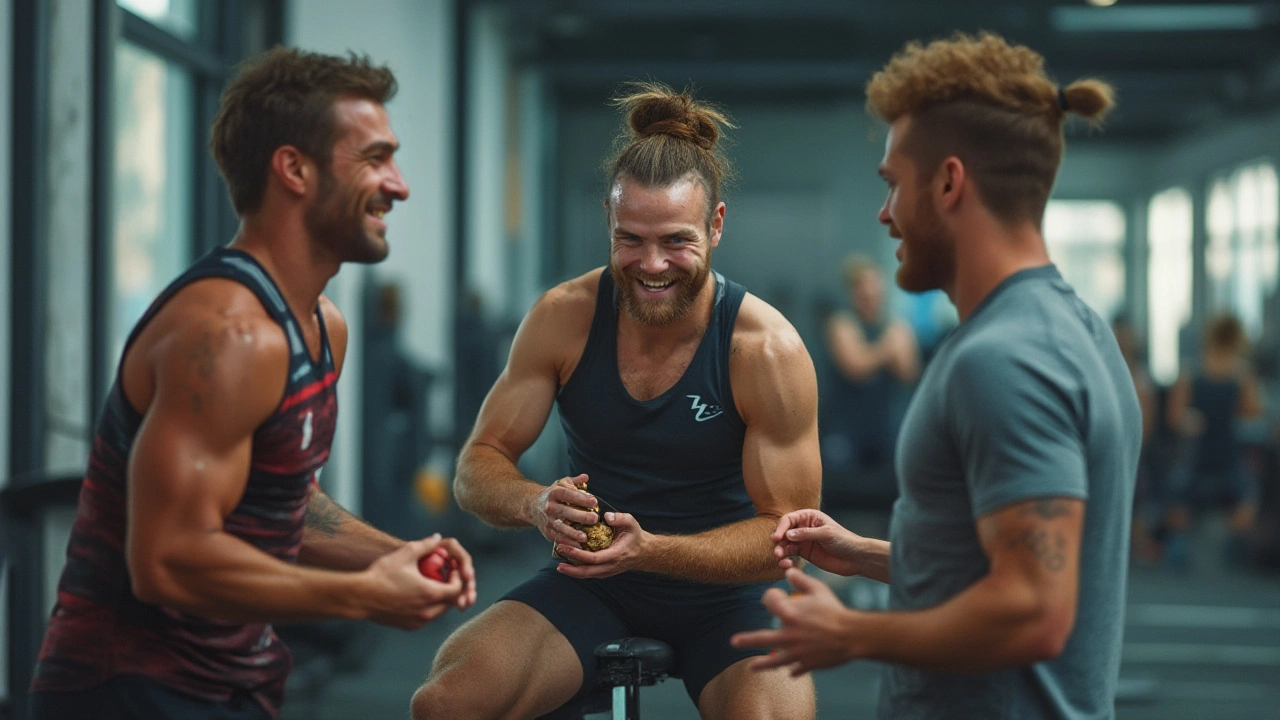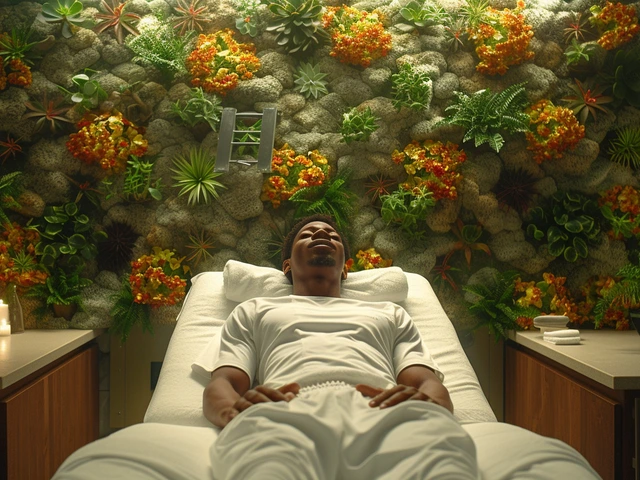
Ever wake up sore and wonder if there’s a better way to bounce back? That deep ache after a killer workout or the cramping from pushing it just one lap too far—these are nearly universal experiences for athletes and weekend warriors alike. But here’s the thing: a handful of elite athletes, from Olympic sprinters to soccer stars, seem to recover faster and get back out there with less pain. What’s their secret weapon? Not magic pills or overnight hacks. It’s sports massage. This recovery tool is no longer reserved for the pros or only after serious injuries. It’s become a game-changer, even for people just trying to keep fit and pain-free.
How Sports Massage Works: Behind the Healing Magic
So, what actually happens during a sports massage? It goes way deeper than those hotel spa rub-downs. A sports massage targets both your muscles and connective tissues in specific ways that match your body’s needs. Therapists use a combo of fast strokes, deep pressure, stretching, and joint movement. The aim? Boost blood flow, ease tension, break down scar tissue, and help you move more freely. The pressure isn’t always gentle, either. Sometimes, it’s about getting right into those sticky, sore trouble spots that set off the pain alarm in your brain.
One fascinating fact: A study published in the Journal of Athletic Training found that sports massage can reduce delayed onset muscle soreness (DOMS) by up to 30%. That tight, burning pain you feel a day or two after a tough session? Massage can help it fade faster.
What’s happening under the skin is all about circulation and healing. By kneading and compressing muscles, therapists help flush out waste products like lactic acid that build up during exercise. That lets fresh oxygen rush in and kick-start recovery. Stronger circulation means tired muscles get the nutrients they need to rebuild, repair microtears, and bounce back stronger. Stretching techniques in sports massage also lengthen your fibers and help prevent injuries that pop up from repetitive, tight movements.
It isn’t only about muscles, though. Tendons, ligaments, fascia—all those connective tissues—benefit when you get a pro working on you. Sports massage keeps these supporting structures flexible and strong, so you avoid nasty sprains or strains. And—bonus—there’s solid proof it helps reduce inflammation. A team at McMaster University in Canada found that massage reduced inflammatory markers in muscle tissue after tough exercise, making the ‘healing hands’ effect more than just a nice story.
But here’s where it gets real: sports massage isn’t a one-size-fits-all thing. Different sports and bodies need tailored approaches. Sprinters, for example, want therapists who focus on hamstrings and calves, while tennis players might zero in on arms and shoulders. Good therapists understand this, customizing every session for your activities and injuries, rather than just going through the motions.
So, it’s helpful to chat with your therapist about your training load and where you feel nagging pains. Even if you’re not chasing a podium, knowing how sports massage works—and what to ask for—can level up your recovery. And you don’t always need a marathon session; sometimes, 30 minutes on a tight area does the trick.
Why Athletes Swear by Sports Massage: The Big Payoffs
Let’s look at the gains. Why do so many athletes, from Serena Williams to local running club stars, rely on sports massage? The short answer: it covers way more than just soreness. Regular sessions deliver a stack of tangible benefits, both mentally and physically.
First, there’s pain reduction. That burning in your quads after hill sprints or the sharp pang that flares up with every step? Massage directly interrupts pain signals to the brain, so you get near-instant relief. For some, this can mean fewer painkillers and faster returns to activity.
Recovery is the gold standard, though. Athletes pile up tiny muscle tears and micro-damage every time they train hard. The quicker those microtears heal, the sooner you can get back to pushing limits. In a 2022 review published in Frontiers of Physiology, researchers confirmed that post-exercise massage shortens recovery time and improves perceived muscle fatigue. Simply put: You bounce back quicker and with less risk of injury down the road.
The list of payoffs goes further:
- Increased range of motion. Sports massage helps loosen stiff areas, which can turn your old ‘ouch, my back’ into easy toe touches.
- Greater flexibility. Looser muscles move better, plain and simple.
- Mental boost. The relaxing effect isn’t just physical. Regular sessions drop stress hormones and increase the ‘feel-good’ chemicals like serotonin, giving you a lift when training gets tough.
- Better sleep. Less pain and more relaxation means slipping into actual rest instead of tossing through the night.
There’s also posture, which we almost never talk about until it’s a problem. Massage helps correct muscle imbalances that creep in from poor running form or uneven weightlifting. When therapists target those knots and sticky areas, your body can find its natural alignment again.
"Massage is not just a feel-good treat; it’s a proven intervention to help recover and maintain muscular health," says Dr. Tiffany Field, director of the Touch Research Institute at the University of Miami School of Medicine.
Elite athletes aren’t the only ones cashing in on these perks. Weekend cyclists, gym newbies, and pick-up basketball players all report better performance and satisfaction with their routines when they add sport-specific massage to their toolbox.

How to Use Sports Massage for Maximum Results
So, the next natural question: how do you actually fit sports massage into your busy life? The truth is, shoving it in after things go wrong isn’t the best move. Like brushing your teeth or stretching before a run, massage works best as a regular routine. Here’s how to do it right:
- Sports massage can be used preventively—meaning, book it in before you’re already feeling wrecked. Regular sessions, every 1–2 weeks during heavy training, can keep muscles supple and ready for more.
- If you’re gearing up for a big race, game, or challenge, a lighter massage 48 hours before helps you feel limber and calm without leaving muscles too loose.
- Post-event massage is great for recovery, but timing is key. Wait a few hours to let your body cool down, then opt for a gentler session aimed at flushing out toxins and reducing swelling.
- If you’re injured, talk to your sports physio or doctor. Sometimes targeted massage right away isn’t the answer—letting a bruise or severe sprain heal before jumping back on the table is smarter.
Make sure to pair massage with other good habits. Hydrate before and after to help the body flush out waste. Use heat packs or foam rollers on non-massage days to keep tissues pliable. Rest, stretch, and listen to your body’s warnings—ignoring pain is a fast track to being stuck on the sidelines.
And don’t get hung up on appointments if your schedule is wild. Simple techniques, like using massage balls or even a rolling pin, can offer basic relief between professional sessions. If you work out at home, online videos and apps for self-massage are everywhere these days, using science-backed techniques from sports therapists.
For anyone tackling a tough training block or looking to set a new PB, try journaling what works: how you feel after each session, which muscles respond best, and when in your schedule you notice benefits. Data from your own body is often the best guide to customizing your routine.
Tips from the Pros: What to Ask, Expect, and Avoid
The biggest myth is that every massage has to hurt like crazy to help. That’s not true—pain isn’t a measure of how well it’s working. In fact, therapists recommend open communication during sessions. If something feels too intense or sharp, speak up. The goal is deep tissue stimulation, but not leaving with bruises or more tightness.
Choose a therapist who specializes in sports or clinical massage, not only relaxation techniques. Ask about their experience with your specific sport or injury. Sometimes, local athletic clubs have therapist recommendations. Many trainers keep a network of trusted professionals, too.
Before your session, hydrate and wear comfy clothes. Expect a quick talk about your goals—like training focus, soreness, or problem spots—and don’t be shy about repeating any instructions or worries.
Afterward, drink plenty of water, and take your time getting up. Some people feel light-headed if they jump up too fast or dehydrated. Soreness for a few days is normal, but if pain lingers or gets worse, get checked by a sports doc.
Here’s a rundown of classic dos and don’ts that athletes and physical therapists often mention:
- Do book sessions regularly, not just during a crisis.
- Don’t skip warm-ups or cool-downs in daily training thinking massage cancels them out.
- Do talk with your therapist about pressure levels, sensitive spots, or changes in soreness.
- Don’t rely only on massage for recovery—combine it with nutrition, sleep, and smart training loads.
- Do note any allergic reactions to oils or creams used during sessions.
One pro tip: If you’re new to massage, start with shorter, lighter sessions. Build up as your tolerance and comfort grow.
Also, don’t expect miracles overnight. Consistency sees the biggest improvements—almost like compounding interest, but for your body. Small gains after each session build toward lasting resilience and peak performance.
If you’re serious about recovering faster, performing better, or just feeling less stiff after a weekend sweat session, sports massage is a tool you’ll wish you started using sooner. With the right approach and some pro advice, you can make aches, pains, and slow recoveries a thing of the past and turn your training dreams into reality.





